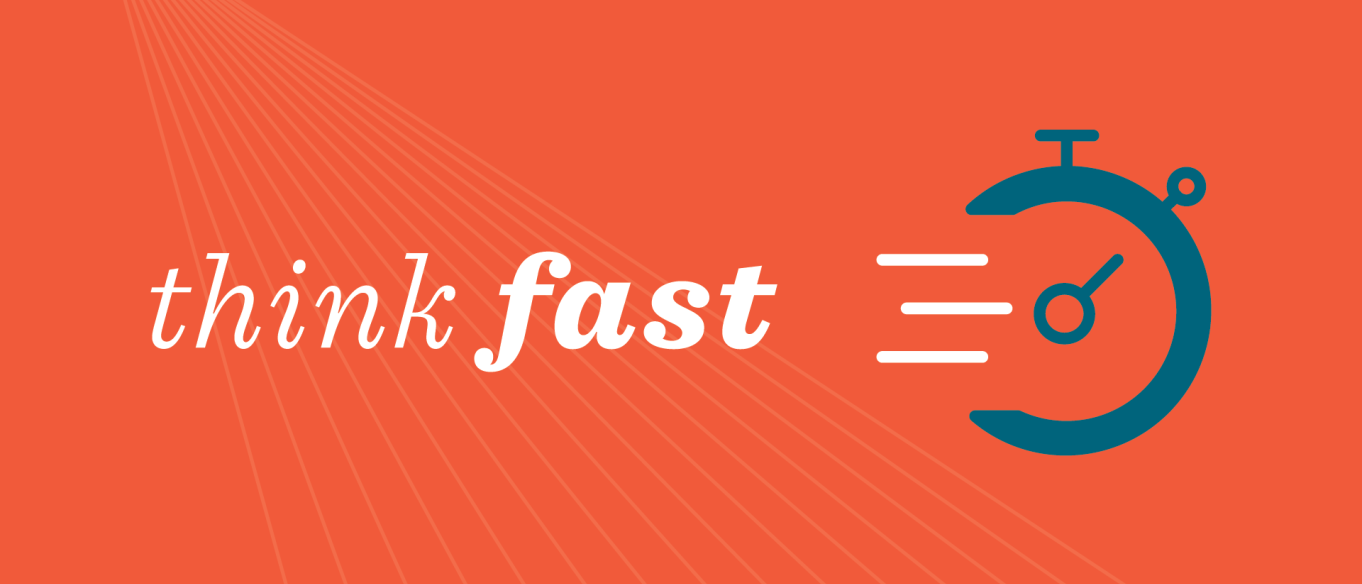
Has anyone ever said “think fast!” and tossed something in your direction? How fast did you react? Test your reaction time with this activity and experiment to make it better!
Age: 6+
Time: 15 minutes
What you need:
- Ruler with centimeter markings
- Paper
- Pen or pencil
- Another person
What to do:
1. Sit in a chair and rest your arm on a table so that your wrist hangs off the edge and your hand is sideways (thumb side facing up). Ask the other person to hold end of the ruler (where the numbers finish), pinching just the very top, and hold the ruler over your hand so the bottom (where the numbers start) dangles just above your hand.
2. Tell your partner to release the ruler at a random time, with no countdown or warning. Using your thumb and index finger, try to catch the ruler as quickly as possible. Once you’ve caught it, keep holding it, leaving your finger and thumb in the same place on the ruler.
3. Notice the measurement on the ruler where your thumb and finger landed (5 cm, 7 cm, etc.) Write down the number on your piece of paper and compare it to the chart below. What is your reaction time?
4. Repeat the experiment again and compare the results. What is your reaction time after three tries? What about after 8 or 10 tries?
5. Switch places with your partner and let them try it.
6. Questions to think about:
- How do your reaction times compare to your partner’s?
- How did your reaction time change with each attempt?
- What experiences or activities in your life can you think of when a quick reaction time might be important?
- Why might a professional sports player want to have a quick reaction time?
|
Reaction Time Chart |
|
|
DISTANCE ON RULER |
REACTION TIME |
|
5 cm |
.10 seconds |
|
10 cm |
.14 seconds |
|
15 cm |
.18 seconds |
|
20 cm |
.20 seconds |
|
25 cm |
.23 seconds |
|
30 cm |
.25 seconds |
What’s happening?
Your reaction time is the amount of time it takes for your brain to process and respond to something it senses. As your partner releases the ruler, light bounces off it and enters your eye, giving visual information about the movement. Your brain receives the information, processes it, and determines how to react. Your brain will then send a signal to your fingers telling them to close. While each of these things happens very fast, together they add up to a visible delay between when the ruler starts to move and when you catch it. The chart in this activity uses the distance the ruler traveled (the centimeter measurement where your finger landed) to calculate how much time passed before your fingers closed.
With actions that are new or unfamiliar, like catching the ruler, the connections between the different parts of the brain are new and slow, and your reaction time is longer. However, the more you practice a particular action, the stronger and faster the connections get, and the faster your reaction time will likely become. This is one of the reasons why athletes practice particular moves or plays over and over: it improves their reaction time when performing those skills during their sport.

